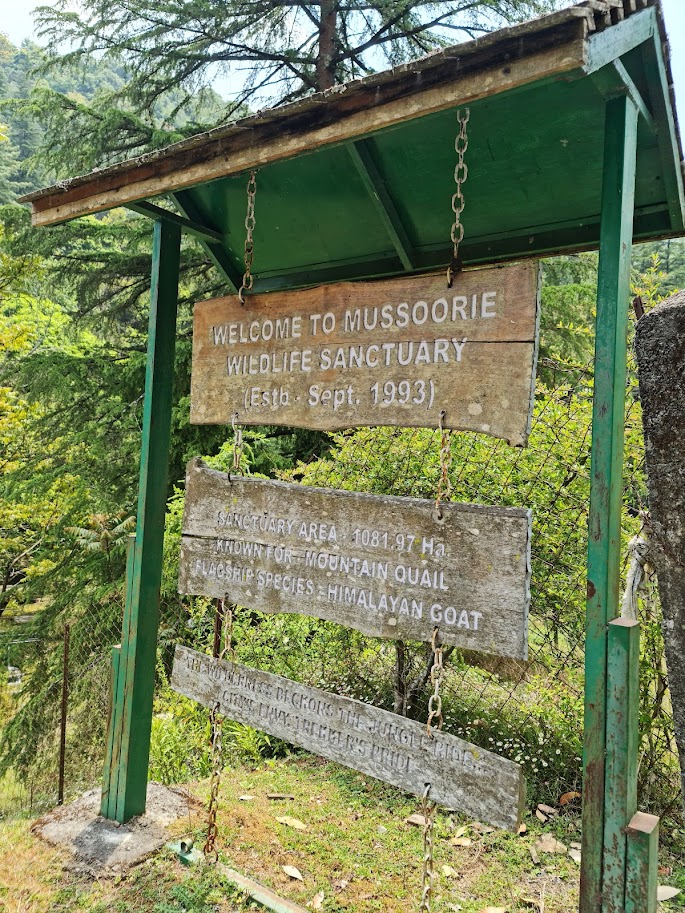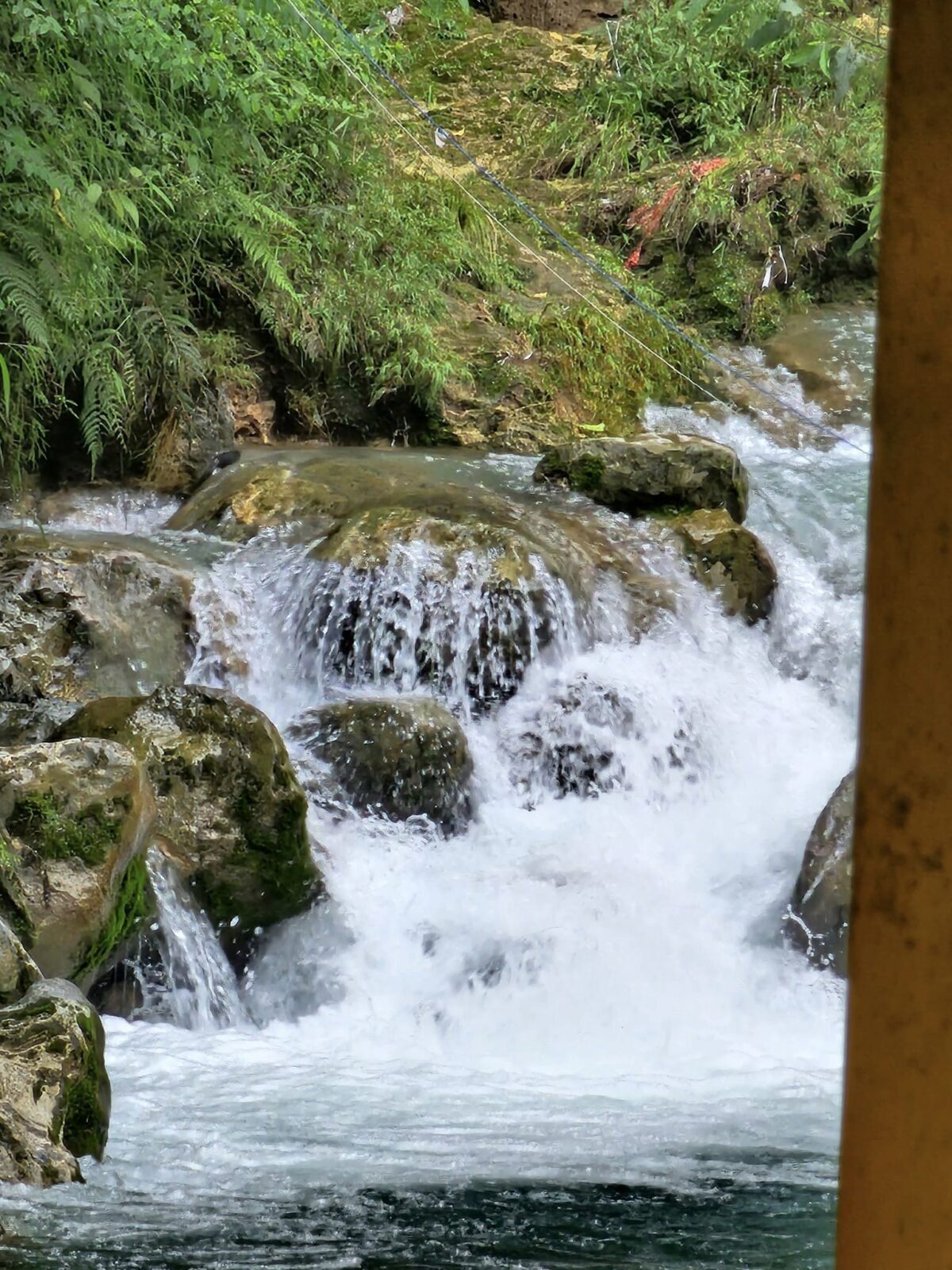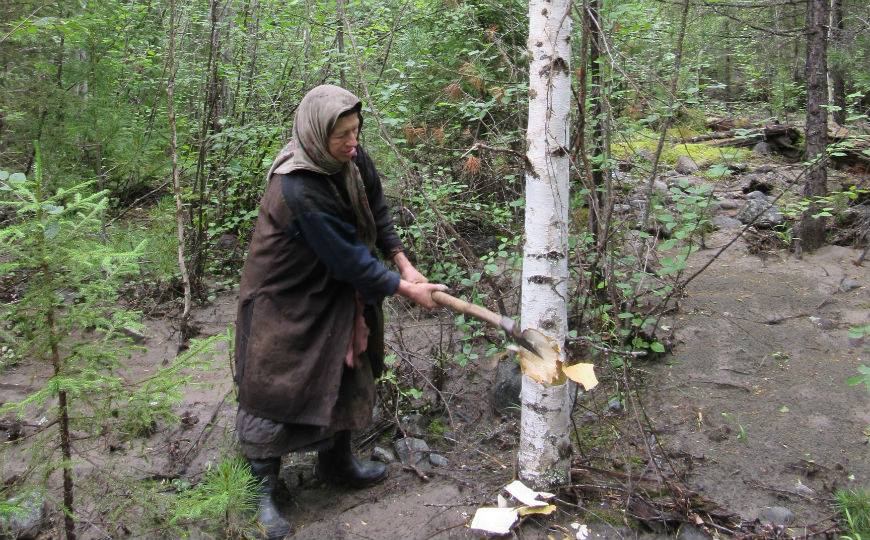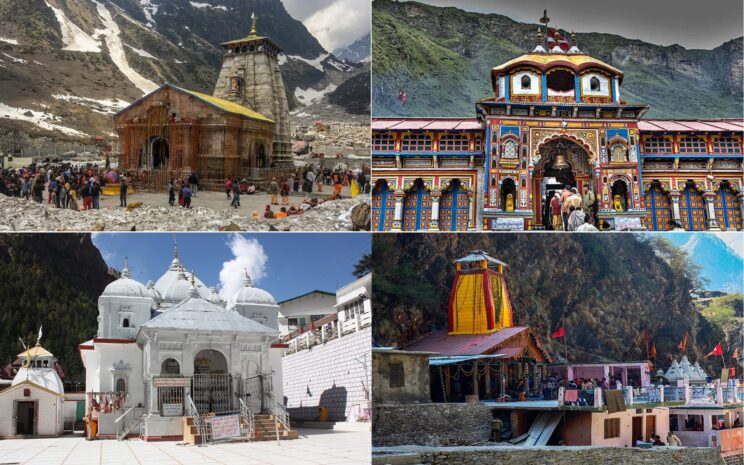This time Shubhi’s blog is about realizing how you can handle life and heal yourself with being among trees
The secret to mindful travel?
A walk in the Woods (The japanese art of forest bathing: shinrin-yoku)
Whether you call it a fitness trend or a mindfulness practice (or a bit of both), what exactly is forest bathing? The term emerged in Japan in the 1980s as a physiological and psychological exercise called shinrin-yoku (“forest bathing” or “taking in the forest atmosphere”).
The purpose was twofold: to offer an eco-antidote to tech-boom burnout and to inspire residents to reconnect with and protect the country’s forest
The Japanese quickly embraced this form of ecotherapy. In the 1990s, researchers began studying the physiological benefits of forest bathing, providing the science to support what we innately know: time spent immersed in nature is good for us.
Many cultures have long recognized the importance of the natural world to human health. Forest bathing is not just for the wilderness-lover; the practice can be as simple as walking in any natural environment and consciously connecting with what’s around you. For a more structured experience, you can join trained guides for a meditative two- to three-hour ecotherapy excursion.
Shinrin-yoku can have many health benefits, including:
- Stress and anxiety reduction: Forest bathing can reduce stress hormones like cortisol and adrenaline by up to 12.4% compared to an urban walk. Some trees also release oils called phytoncides into the air that may help relieve stress.
- Improved sleep: Forest bathing can improve sleep patterns.
- Boosted immunity: Forest bathing can increase the number of natural killer cells (NK cells), a type of white blood cell that helps fight infection. One study found that the increased NK activity lasted for more than 30 days after a forest bathing trip.
- Improved mental health: Forest bathing can improve your mental state, decrease depression, and increase creativity.
- Improved cardiovascular activity: Forest bathing can lower blood pressure and heart rate, which can help prevent hypertension.
- Soothing effect: The green color of trees can have a soothing effect on the heart chakra, and fresh air can provide subtle energy from trees.
Forest bathing in Mussoorieies:
After I left Delhi and tried to make a life here, I had mixed feelings about my life. But through the years of which 2 were spent in the Corona surrealistic existence, I began to tell myself I will be OK I will live here like a Pahadi.
I told myself: I have the character to be what I am , show who I am.
I am ill, deprived and living like a hermit almost. But my one year old golden retriever reminds me I must get myself a life, see that he is loved fed and healthy. He is huge and doesn’t cuddle but is aggressive in love, jumps on me tail to my face, and his teeth are always ready to nip at my sensitive tender skin. But he loves us all and we love his adorable antics.
Suddenly, just like that I have discovered Shinrin-yoku: Japanese for forest bathing. I can see forests beyond but I can’t just walk over to a forest. I convinced my yoga teacher to come forest bathing. So the plan is to drive to the nearest wildlife sanctuary on the outskirts of Mussoorie and do my forest bathing there. I am worried that they may not allow Burhans in but all that is required for Shirin Yoku is there… rolling forest roads, a river with rocks making that lovely water flowing sounds. No animals, no birds very few insects. The trees are very, very tall, the ferns beaustiful, the berry trees are wild. There is no other sound except the water over the rocks in its path. All you have to don is walk here or sit and think… I did.
“Crumble, crumble voiceless things. What force can last that never sings.” These lines have haunted me for so long but I don’t know who wrote them. Maybe they are the mid lines or end. Never mind . It is about the rocks in a river …the river sings and passes over the rocks until they are polished smooth or crumble. People collect these and paint them with special rock
painting kits! What sacrilege.
Anyway I am so glad I took my daughter Panna to this forest. She loved it. When her son Jagat visited me with his girll friend Bhakti, I took them there… I am so glad that they loved it too.
I took my friend Helena too and she is a Botany Teacher. She called it a botanist’s delight.
Nowadays I am reading about the life of Sylvain Tesson and his life “Consolations of the Forest” about living alone (almost) in the Taiga… a forest of the cold subarctic region. An area of the Northern Hemisphere that lies just south of the Arctic Circle. Scandinavia, and Siberia have taigas.
Which brings me back to another Taiga hermit… my favourite person nowadays: Agafia Lykova, a 74- year old Russian whose family ran away to these Siberian forest as the then government of Russia was mistreating the Old Believers. The family lived here and the only survivor is Agafia.
Lykova was born in a hollowed out pine washtub in 1944 to Karp Osipovich Lykov and Akulina Lykova. She was their fourth child, and the second to be born in the Taiga.
Lykova lives at 3,444 ft (1,050 m) on a remote mountainside in the Abakan Range, 150 mi (240 km) away from the nearest town. For the first 35 years of her life, Lykova did not have contact with anyone outside of her immediate family. Information about the outside world came from her father’s stories and the family’s Russian Orthodox Bible.
She has lived here alone, isolated for 30 years is called the loneliest woman in the world. She has decades of living and surviving in her ramshackle cottage snowed in winter, bears walking around, and with no connection to the world, with her cats and goats. Recently she excited a lot of interest when she was discovered by scientist explorers, and is quite a celebrity in Russia and all over the world. She has a breast tumour that is huge and hangs down to her waist. But it is benign and she doesn’t want to leave her little cottage for treatment. A Russian Billionaire built her a modern cottage, volunteers from all over the world come to fill up her woodpile shed, she is presented goats, food and medicines, but she lives on in Siberia. The loneliest lady?
Well, among millions we mortals live alone…. Like me! Or you?



















